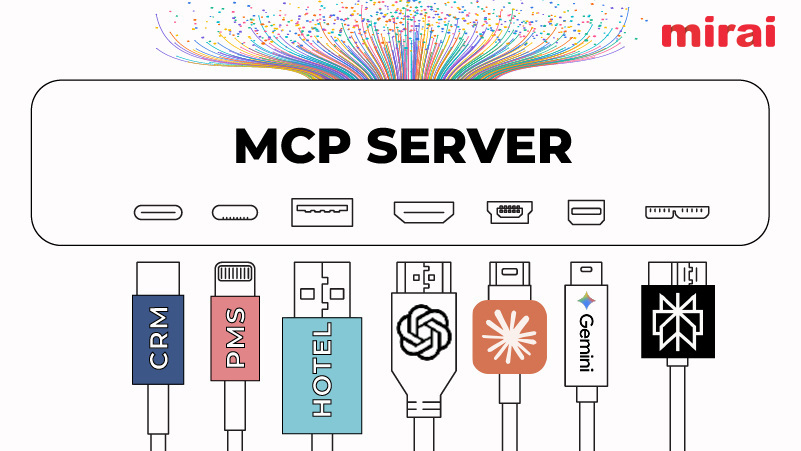
Facebook is the Goliath of social media networks. It has the broadest reach of any social network—79 percent of Americans use it, and more than 1 billion users globally log in every day.
Here it’s crucial to cut through the clutter. That’s something you can achieve with consistent messaging and branding, by leveraging Facebook’s unique features, and with effective ad targeting.
Images and video are more important on Facebook than status updates, with more than 100 million hours of video watched every day.
Some products and services lend themselves to visual marketing more than others, but there is always an angle. Even if you aren’t selling something tangible, show someone using or explaining it.
Many brands are also starting to incorporate Facebook Live to reach larger audiences in real-time with live question-and-answer sessions, webinars or product demos.
The features beyond likes that can work for you
It’s easy to feel overwhelmed by the service and tools offered by Facebook, but these are a few unique features that can help marketers make their brand stand out:
- Social customer service: Nothing looks worse on a brand’s Facebook page than a series of unaddressed complaints from users. Failing to address questions and complaints frustrates customers and leaves a detailed record of how poorly you performed. Facebook’s Bots for Messenger is a social customer-service tool that helps to answer questions quickly, freeing up staff resources and making customers happy. Marketers can program chat bots to answer common customer questions, essentially creating an automated customer-service page.
- Dark posts: Although they sound ominous, “dark” just means that these posts don’t appear on your Timeline and only get inserted into the News Feeds of users you picked based on the demographics you’re interested in. This provides the opportunity to create highly targeted messaging to each of your segments without spamming followers with a multitude of posts. For example, even in a general segment of “qualified sales leaders,” you can split that segment into subsegments by gender, age or geography, and create ads designed for each group. You can then test multiple versions of ad copy and imagery to determine which version performs best with whom.
Ad objectives
There are many metrics that Facebook offers to show you that a post or ad campaign is “working.” Reach, click-throughs, impressions, comments and likes are all metrics used to evaluate social media success. However, rather than just chasing likes, it’s important to ensure that your ad objectives are aligned with what your actual business goals are.




